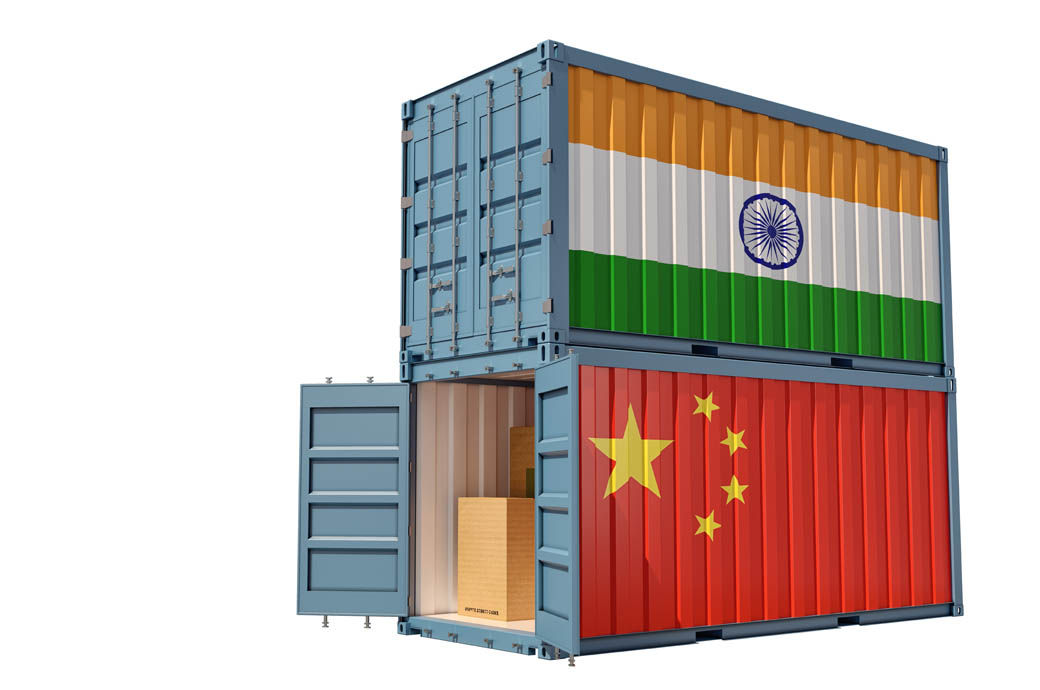Asia is likely to witness disinflation, or a slower pace of inflation, in the coming months, driven by weaker underlying inflation momentum and helped by base effects, according to Japan-based global financial services group Nomura’s Asia Economic Monthly.
By mid-year, inflation momentum, as measured on a month-on-month (MoM), seasonally-adjusted basis, should be closer to central bank targets in most economies following the monetary tightening phase last year, it said.
Most Asian central banks are now in a policy pause phase and, if underlying inflation moderates accordingly, the window to monetary easing will open up later this year, it noted.
There are seven reasons why Nomura sees faster disinflation in Asia. First, Asia’s inflation is driven more by supply than demand-side factors. Lower oil and global food prices, abating currency depreciation pressures and the full normalisation of pandemic-driven supply chain bottlenecks point to easing supply-side pressures.
Nomura believes the lagged effects of these easing supply-side pressures will materialise in Asia’s inflation readings in coming months.
The second reason is base effects. Comparing this year’s inflation to last year’s high levels on a monthly basis gives rise to base effects that serve to dampen inflation in specific months.
The third is easing food and energy prices should lower headline and core inflation. In Asia’s emerging markets, food and fuel prices drive headline inflation and can spill into core inflation due to second-round effects. Lower food and energy prices should also curtail household inflation expectations.
The fourth is no wage-price spiral in Asia. Wage spikes caused by mass layoffs and early retirements in the United States are not evident in Asia, where labour markets are less flexible.
Instead, wage growth is starting to moderate, even in economies with tight labour markets like Singapore. Export and manufacturing slowdowns should spill into a weaker labour market and exert downward pressure on wage growth, especially for open economies in the region, Nomura noted.
The fifth reason is goods disinflation. Weaker goods demand and softening input costs will likely result in a slower rise in prices of core goods.
The sisth is likely moderation in services inflation. The post-pandemic release of pent-up demand for services has been exhausted. Moderating wage growth should soothe services inflation.
China’s unlikelihood to be a source of inflation is the last reason. China’s growth cycle is desynchronised from the rest of the world, and it is not a material source of inflation risk, either to itself or globally. China’s pent-up consumption demand from its reopening is likely to disappoint market expectations, the Nomura report added.
Overall, the company continues to see disinflation as a significant macro theme for the coming year. Inflation in economies such as Thailand, India and South Korea are projected to moderate to within the central banks’ target ranges ahead of schedule. By contrast, inflation in Singapore and the Philippines are set to fall more slowly.
The monetary policy tightening cycle is likely over in Asia, except for the Philippines, where it still expects two 25 basis points hikes in the second quarter.
The rest of Asia has entered a phase of monetary policy pause, though countries like India, Thailand and Malaysia have left the door open for further rate hikes.
As inflation momentum eases in the second half of 2023, Nomura expects central banks to prioritise limiting the downside risks to growth in their policies.
It expects South Korea and India to be the first to cut rates in August and October respectively, but it is possible that other Asian central banks may move sooner.
It is predicted by Japan-based financial services group Nomura that Asia will probably experience a decrease in inflation in the near future, supported by weaker inflation force and further aided by a base effect. Some of the factors behind this scenario include the initial levels of inflation, a decrease in food and energy prices, no increases in wages leading to price hikes, a reduction in goods prices, and the possibility of a reduction in services inflation.


 World News2 years ago
World News2 years ago
 World News2 years ago
World News2 years ago
 World News2 years ago
World News2 years ago
 World News2 years ago
World News2 years ago
 World News2 years ago
World News2 years ago













